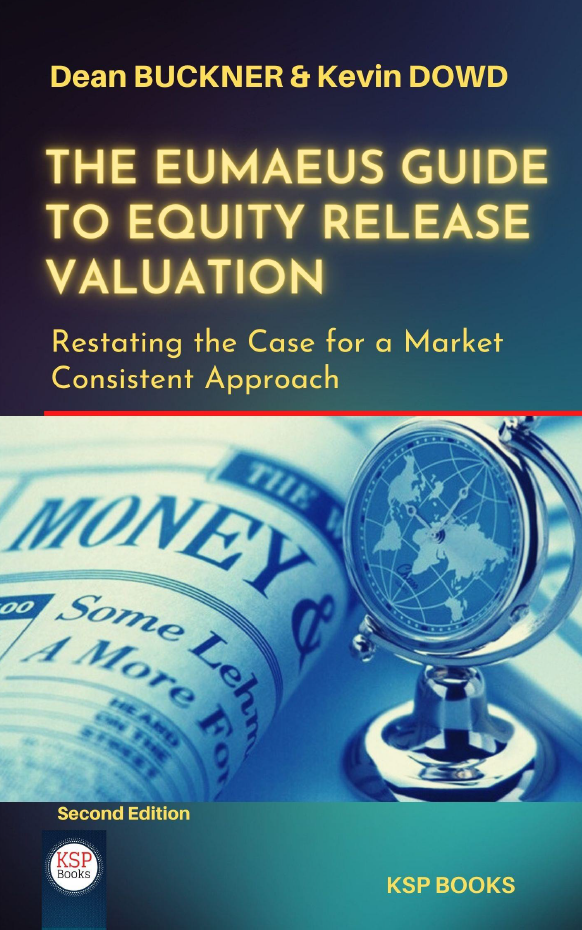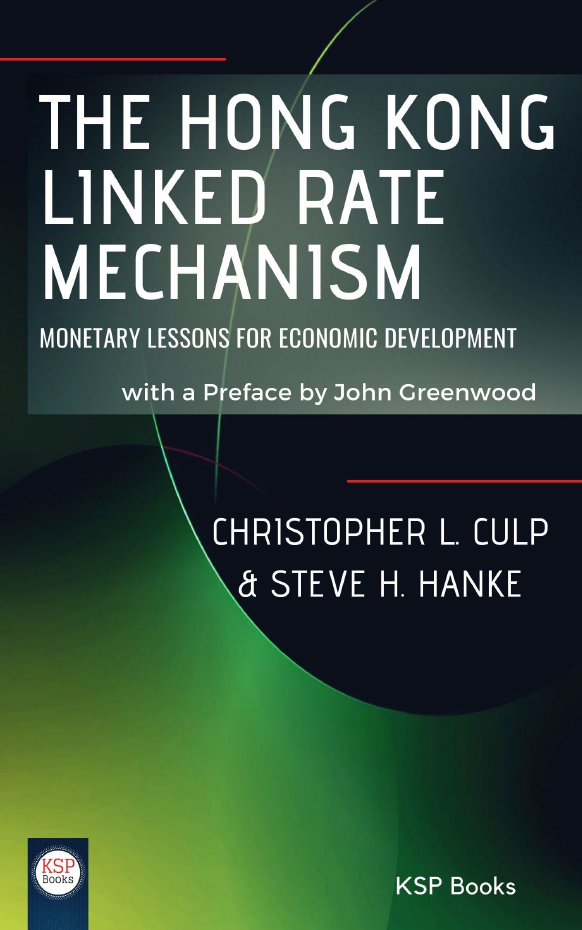By
Christopher L. Culp
The Johns Hopkins University, USA
e-ISBN: 978-625-8190-82-3
Publishing Date: March 1, 2023
File Size: 3,648 MB
Length: xii + 100 pages (PDF)
Language: English
Dimensions: 13,5 x 21,5 cm
 This Book is completely open access. You can freely read, download and share with everyone.
This Book is completely open access. You can freely read, download and share with everyone. 
A huge literature has emerged analyzing the causes and evolution of the credit crisis that began in 2007. Several literature surveys have also been written on the causes of the crisis, but most such surveys have discussed the crisis literature in the abstract. This paper provides a current review of the causes of the credit crisis and the timing and evolution of the crisis, thereby putting the various causes and proposed explanations into proper context. The vast majority of the literature supports the notions that the fundamental causes of the crisis were loose monetary policies, significant imbalances across global current accounts, underpriced credit and liquidity risk in certain structured products (as well as some other fixed-income products), disclosed and known declines in mortgage underwriting standards, and the downturn in house price appreciation (and eventually the downturn in housing prices). Although significant attention has been paid to fraud and undisclosed declines in mortgage underwriting standards, the empirical support for the idea that these declines in and of themselves were a significant cause of the credit crisis is limited (albeit not non-existent).
Exhibits and Tables
Foreword
1. Introduction
2. Background on U.S. Housing Financial Markets
3. Foundational Causes of the Credit Crisis
4. Phase I: Housing Finance Market Disruptions
5. Phase II: Global Liquidity and Credit Crisis
6. Phase III: Panic and Near-Meltdown
7. International Real Estate and Leveraged Loan Markets
References
Christopher L. Culp
The Johns Hopkins University, USA
The late Christopher Culp was a Fellow at the Johns Hopkins Institute for Applied Economics, Global Health, and the Study of Business Enterprise, Senior Advisor with Compass Lexecon, Adjunct Professor at the Swiss Finance Institute, and Adjunct Professor at Universität Bern in the Institut für Finanzmanagement. From 1998 through 2013, Dr. Culp was an adjunct faculty member at The University of Chicago’s Booth School of Business. Culp was the author of four books – Structured Finance & Insurance (Wiley, 2006), Risk Transfer: Derivatives in Theory & Practice (Wiley, 2004), The ART of Risk Management (Wiley, 2002), and The Risk Management Process (Wiley, 2001) – and the co-editor of two books – Corporate Aftershock: The Public Policy Consequences of the Failure of Enron and Other Major Corporations (Wiley, 2003; co-edited with William Niskanen), and Corporate Hedging in Theory & Practice (Risk Books, 1999; co-edited with Merton Miller). He held a Ph.D. from The University of Chicago’s Booth School of Business and a B.A. in economics (Phi Beta Kappa, general honors, and departmental honors) from The Johns Hopkins University, where he was one of Steve Hanke’s students.
Related EconPedia Items
































